What can you plant next to potatoes?
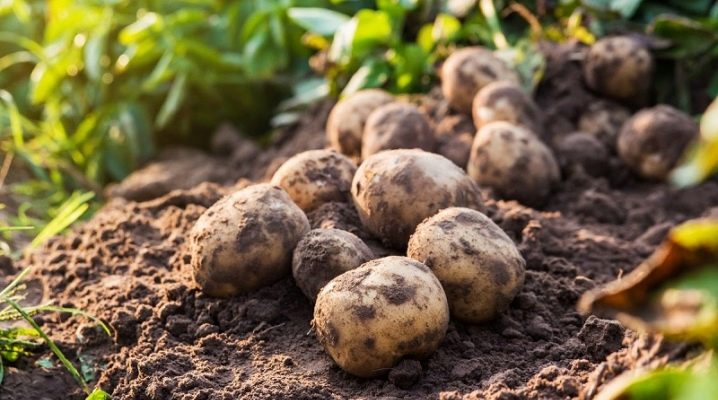
When planning to plant potatoes in the beds, you will have to take into account a number of nuances. Usually this crop is not grown alone, which means that there will definitely be other plants nearby. And it is very important that they are good neighbors for potatoes.
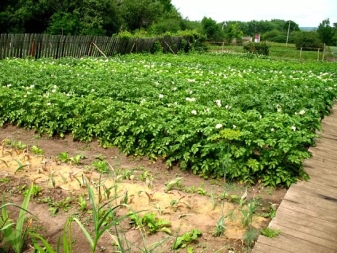
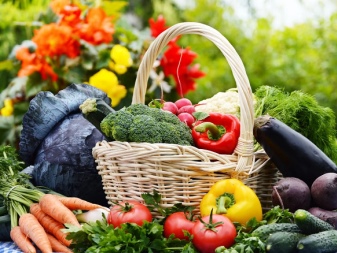
Why Consider Compatibility?
The correct arrangement of plants on the site is the key to a rich and high-quality harvest. If you overlook this aspect and plant the first plant next to the potato, this can only be harmful. All crops are different, and each needs its own soil type, lighting and fertilization. What works for one plant will not work for another.
Crops that do not fit together are quite capable of competing for nutrients in the soil. This is especially true for plants with a short shallow root system and trees that extend their roots for meters around. Both those and others will take all the benefits from the land for themselves. In addition, some plants attract pests that are harmful to potatoes more than others. And he himself can become an unfavorable neighbor for certain types of plants.
But the correct and thoughtful planting of compatible crops will be an excellent solution, and here's why:
- the soil loses nutrients more slowly;
- compatible plants directly affect each other, increasing productivity and immunity;
- the amount of weeds decreases;
- the taste of tubers improves;
- crops protect each other from certain types of pests;
- the useful area of the site is saved.
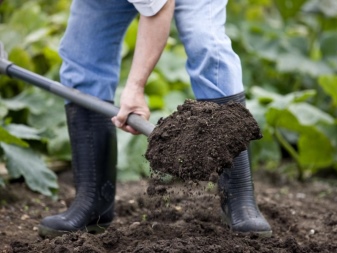
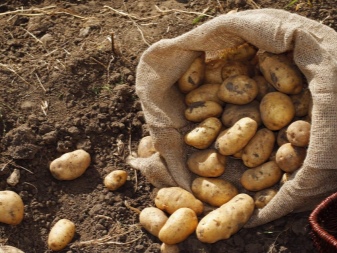
What can you plant?
It is recommended to study the features of the compatibility of potatoes with other crops in advance, the trial and error method is absolutely inappropriate here. Let's see which crops get along best with potatoes.
Cruciferous
It is best to plant cabbage next to potatoes.... These cultures complement each other perfectly. But they must be planted in different rows. Recommendations that cabbage is convenient to plant in potato aisles are groundless. On the contrary, with such a neighborhood, excessive thickening appears. The foliage of the potato deprives the heads of light, so that both crops easily pick up the black leg. To save space in the garden and fill the space between the rows, you can plant a radish there. It is permissible to plant it if the row spacing is 100 cm or more.
If this area is more compact, preference should be given radish... Moreover, it will be possible to dig it up by mid-end of May. In the spring, in the aisles, you can sow such green manure as mustard... This plant is unique in that its roots disinfect the soil.
But there is one caveat: as soon as the mustard grows to the level of potato foliage, it must be cut off. To cut it off, not to dig it up, because this way the roots will remain in the soil and continue to affect it.
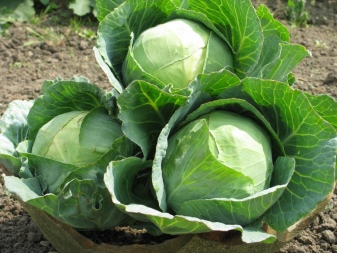
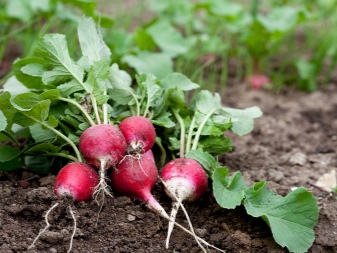
Pumpkin
This neighborhood in the open ground raises doubts among summer residents. And this is not without reason, since the pumpkin family is often sick with late blight. And it is easily transmitted to nearby cultures. Nevertheless, such beds can also be properly organized. Cucumbers at the same time, it will be grown in a mini-greenhouse. A film shelter is built next to the potatoes, and cultivation is carried out there. In the daytime, cucumbers are not limited in the fresh air, but at night the greenhouse must be kept closed, otherwise there will be dew in the morning. And it will provoke unnecessary moisture.Another important point: you need to process potatoes with chemicals only on a calm day, so that the particles of the product do not harm the cucumbers.
But to plant with potatoes pumpkins, zucchini and other similar crops are perfectly acceptable. The main thing is that the plants do not mix with each other foliage. You will have to make sure that the curly lashes of the pumpkin do not crawl over the potatoes. When the orange fruits begin to ripen, they will need to be placed on the planks. Pumpkins should not lie on bare ground.

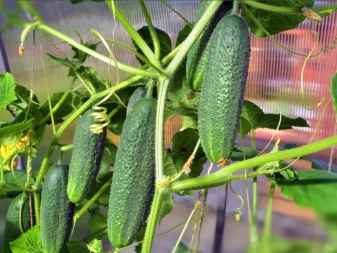
Green vegetables
You can also sow green crops next to different varieties of potatoes. Great neighbors will be dill and spinach. It is not forbidden to plant and assorted lettuce, arugula... All of these plants are good for potatoes, increasing their yield and disease resistance. The most correct solution would be to plant them in the aisles.
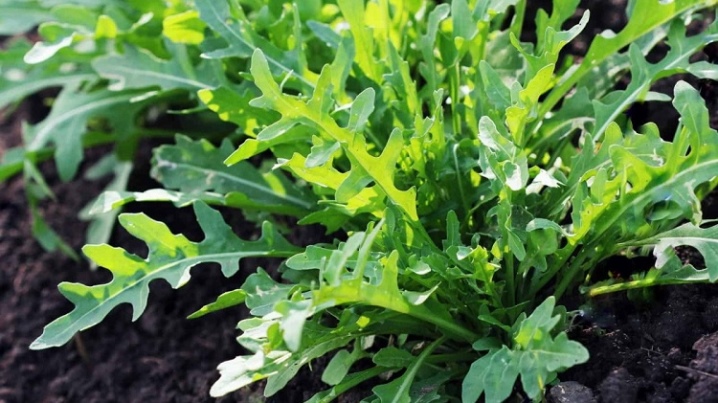
Corn
Such a neighborhood is also quite acceptable, but it must be properly organized. Corn is much taller than potatoes, and if planted incorrectly, it can block the light. Therefore, it is worth considering the following points of planting (if it goes in the aisles):
- corn plantings should grow in a north-south direction, so they will not give unnecessary shade;
- it is necessary to maintain a distance of 100 centimeters between the rows;
- the same distance is maintained between the corn bushes themselves.
When grown on an industrial scale, corn in most cases is planted around the perimeter of potato beds.

Sunflower
The neighborhood is permissible, but it cannot be said that it is very good. The fact is that sunflowers prefer very fertile soil. They are rapidly pulling useful substances from it. If the soil is poor, and the potato grows next to the sunflower, then the harvest will be small, not every tuber will ripen. This is why the soil must be fertilized. Top dressing with organic matter in this case is required. In addition, it is worth considering the direction of the landings. It is the same as that of corn. The distance between sunflower bushes is at least 100 centimeters.
Important: sunflowers are never placed between rows of potatoes, only near and in a separate bed.
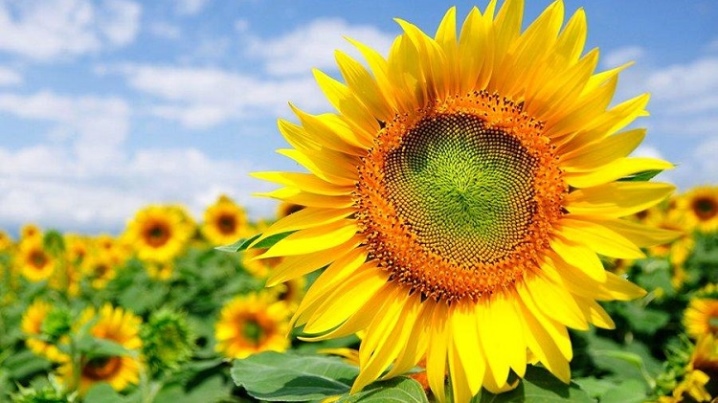
Legumes
These crops are among the best neighbors for potatoes. Their root system gives up a lot of nitrogen to the soil, thanks to which the potatoes grow more actively.... In addition, legumes spread a special aroma that Colorado beetles and wireworms are very afraid of. However, here, too, you will have to be careful with the landing. So, It is not recommended to plant beans and green beans in the aisles. They give off nitrogen, but actively pull other substances from the soil.
It is necessary to plant such plants exclusively on the edge of the beds with potatoes. But bush beans can even be planted in one hole with potatoes.... She needs a little food, but she will bring great benefits. As for the peas, it is permissible to plant them along with the potatoes only if you do not spray them with chemicals. After all, it is during the period of such treatments that the maturity of the peas falls.
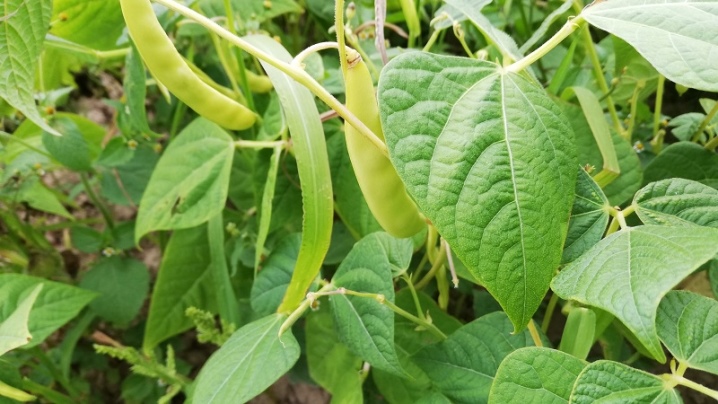
Other plants
Other common crops can be planted next to potatoes.
- Garlic and onions. Very favorable neighbors for the described culture. Planted near potatoes, they drive away pests with their pungent aroma. In addition, the special substances they release form a natural defense against late blight.
- Beet... This root vegetable is also good for potatoes. Crops are able to nourish each other, so both crops will be of better quality. Experienced gardeners also know that it is wise to add a small amount of beets to potatoes for storage. This plant absorbs excess moisture, so that the potatoes do not rot.
- Carrot... Absolutely neutral plant that grows calmly next to potatoes. The tops have a harsh aroma that protects against harmful insects.
- Black currant. Quite a friendly neighbor.It allows you to save potatoes from pests, as it releases phytoncides that are dangerous for them into the air.
- Some kinds of flowers... Flower crops can also be planted next to potatoes. Dahlias will look beautiful on the beds. These are neutral flowers that coexist with almost all plants. If you want not only beauty, but also benefit, you can plant calendula. She perfectly scares off Colorado beetles. The same goal can be achieved when planting marigolds. Nasturtium, on the other hand, will chase away such common butterflies as whiteflies.
Chrysanthemums and tansy will also be useful in pest control. Both cultures emit substances that are hateful to parasites.
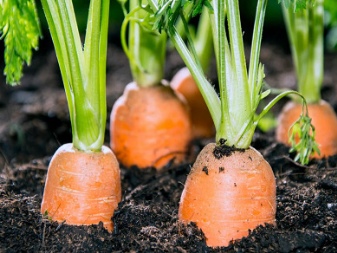

What shouldn't be planted?
If you plan to plant potatoes, it is better to find out in advance which plants are poorly compatible with it or incompatible at all. Otherwise, cultures will oppress each other.
- So, it is very undesirable to plant horseradish next to potatoes.... The plant itself is not particularly harmful, but it grows rapidly, filling all the beds with itself. In the case of such a neighborhood, gardeners will have to constantly deal with the site.
- The combination of potatoes with other nightshades is very bad. This is especially true for bell peppers and tomatoes. First of all, cultures suffer from the same diseases. And also on the peppers and tomatoes, particles of the means with which the potatoes are processed can get. And this is very bad, because vegetables will immediately absorb them and may then turn out to be dangerous for consumption. The same goes for eggplant.
- It would be extremely unwise to plant potatoes next to strawberries... The latter very often picks up gray rot, and this disease spreads quickly. She can easily switch to potatoes. In addition, strawberry plantations can attract wireworms and other parasites to potatoes.
- The neighborhood of potatoes with celery... In doing so, both cultures will suffer. The same can be said for parsley. It is better to plant such greens away from nightshades.
- Raspberries – pretty moody bush. She likes to grow up alone and gets along with little. Therefore, planting potatoes next to it is at least unreasonable. With a representative of the nightshade, nothing will happen, but raspberries can start to hurt. Her growth will also slow down, a lag will begin.
- Grapes also feel bad next to potatoes... Some gardeners still plant these crops nearby, but this is justified only in very warm regions. In a different situation, the grape harvest will be small, and its taste will suffer.
- Planting potatoes under an apple tree is absolutely contraindicated. The fruit tree has strong roots and potatoes may lack nutrients from the soil. And also the apple tree, if it has already grown, will create a shadow that is destructive for the potatoes. But the tree itself will also suffer. Apples become smaller next to nightshades.
- Sea buckthorn and mountain ash are absolutely incompatible with potatoes. Such plants will oppress each other.
- Planting potatoes next to any deciduous trees in general is not recommended.
Some gardeners grow birch, oak and other similar crops on their plots. These trees must be planted separately. Yes, and with conifers, nightshades get along badly.
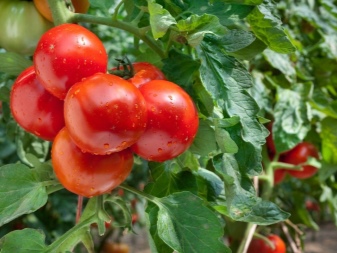














The comment was sent successfully.